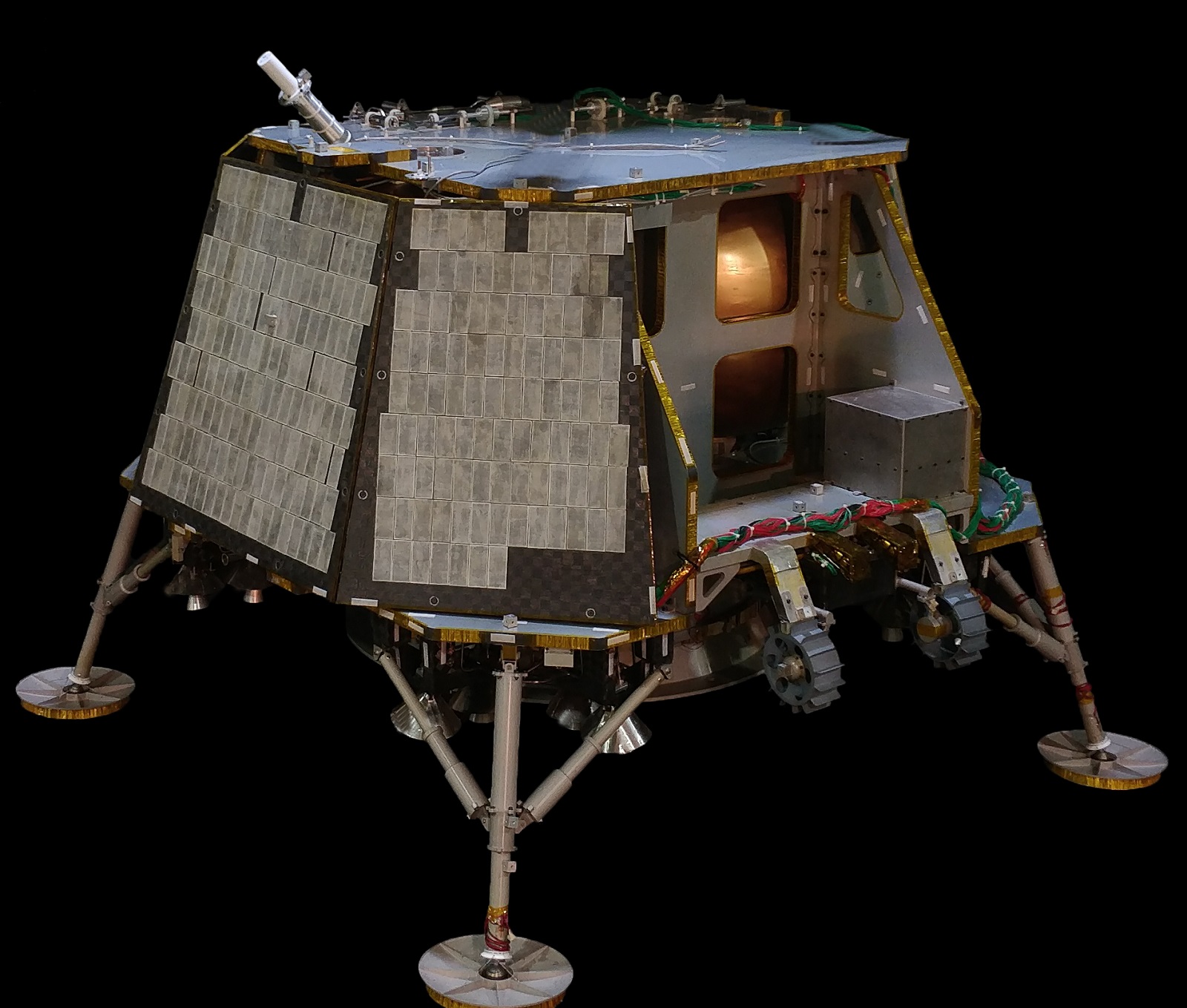These Are the Private Lunar Landers Taking NASA Science to the Moon
NASA on Friday (May 31) announced that private lunar landers built by the American companies Astrobotic, Intuitive Machines and Orbit Beyond will carry agency science gear to the moon in 2020 and 2021.
These robotic vanguard missions are key early steps in NASA's ambitious Artemis program, which aims to return astronauts to the moon in 2024 and establish a sustainable, long-term presence on and around Earth's nearest neighbor by 2028.
”Next year, our initial science and technology research will be on the lunar surface, which will help support sending the first woman and the next man to the moon in five years," NASA Administrator Jim Bridenstine said in a statement yesterday. "Investing in these commercial landing services also is another strong step to build a commercial space economy beyond low-Earth orbit."
Here's a (very) brief primer on the three companies and their initial lunar-landing plans.
Related: Can NASA Really Put Astronauts on the Moon in 2024?
Astrobotic
Pittsburgh-based Astrobotic is building a five-engine lander called Peregrine, which is about 6.3 feet tall by 8.2 feet wide (1.9 by 2.5 meters). The lander will eventually be capable of delivering up to 585 lbs. (265 kilograms) to the lunar surface, though its initial flights won't be nearly so heavily laden, company representatives have said.
Astrobotic is currently charging customers $1.2 million per kilogram (2.2 lbs.) to get payloads down on the lunar surface, according to the company's payload user guide, which you can find here.
Breaking space news, the latest updates on rocket launches, skywatching events and more!
Astrobotic's newly announced NASA deal is worth $79.5 million. Peregrine will tote as many as 14 agency payloads to a big crater on the moon's near side called Lacus Mortis by July 2021, on the lander's Mission One.
NASA is far from Astrobotic's only customer; more than a dozen other organizations have signed up to put payloads on Mission One as well.
Intuitive Machines
Houston-based Intuitive Machines got $77 million to deliver up to five NASA payloads to the huge basaltic plain Oceanus Procellarum, part of which the Apollo 12 astronauts also explored back in 1969.
This gear will touch down in the summer of 2021 aboard the company's Nova-C lander, which is capable of hauling 220 lbs. (100 kg) of equipment to the lunar surface. Nova-C leverages technology NASA developed during Project Morpheus, a planetary-lander project that ran from 2010 through early 2015.
"The core team that was instrumental in the success of the Morpheus lander left government service and founded IM," Intuitive Machines representatives wrote on the company's Nova-C page.
Orbit Beyond
Orbit Beyond is even more ambitious schedule-wise than Astrobotic or Intuitive Machines; the New Jersey-based company's $97 million NASA award calls for delivery of up to four payloads to the lava plain Mare Imbrium by September 2020.
Orbit Beyond will get the job done using its Z-01 lander, which can deliver about 90 lbs (40 kg) to the lunar surface.
One of Orbit Beyond's partners is India-based Team Indus, which was one of the last five teams remaining in the Google Lunar X Prize (GLXP). The GLXP was a $30 million private race to the lunar surface that aimed to spur the development of commercial spacecraft and the off-Earth economy.
The competition ended without a winner in March 2018, but a handful of former entrants have continued to develop their spacecraft. For example, former GLXP team SpaceIL launched its Beresheet lunar lander earlier this year. The probe, which SpaceIL built and operated with the company Israel Aerospace Industries, made it to lunar orbit but crashed during its April touchdown attempt.
And Astrobotic was founded more than a decade ago to compete in the GLXP but withdrew from the contest in late 2016.
- NASA Taps Maxar to Build Gateway Power Module for Artemis Moon Plan
- Going Back to the Moon — for Good (Op-Ed)
- Will NASA's Rush to the Moon Get Us to Mars Any Faster?
Mike Wall's book about the search for alien life, "Out There" (Grand Central Publishing, 2018; illustrated by Karl Tate), is out now. Follow him on Twitter @michaeldwall. Follow us on Twitter @Spacedotcom or Facebook.

Michael Wall is a Senior Space Writer with Space.com and joined the team in 2010. He primarily covers exoplanets, spaceflight and military space, but has been known to dabble in the space art beat. His book about the search for alien life, "Out There," was published on Nov. 13, 2018. Before becoming a science writer, Michael worked as a herpetologist and wildlife biologist. He has a Ph.D. in evolutionary biology from the University of Sydney, Australia, a bachelor's degree from the University of Arizona, and a graduate certificate in science writing from the University of California, Santa Cruz. To find out what his latest project is, you can follow Michael on Twitter.



